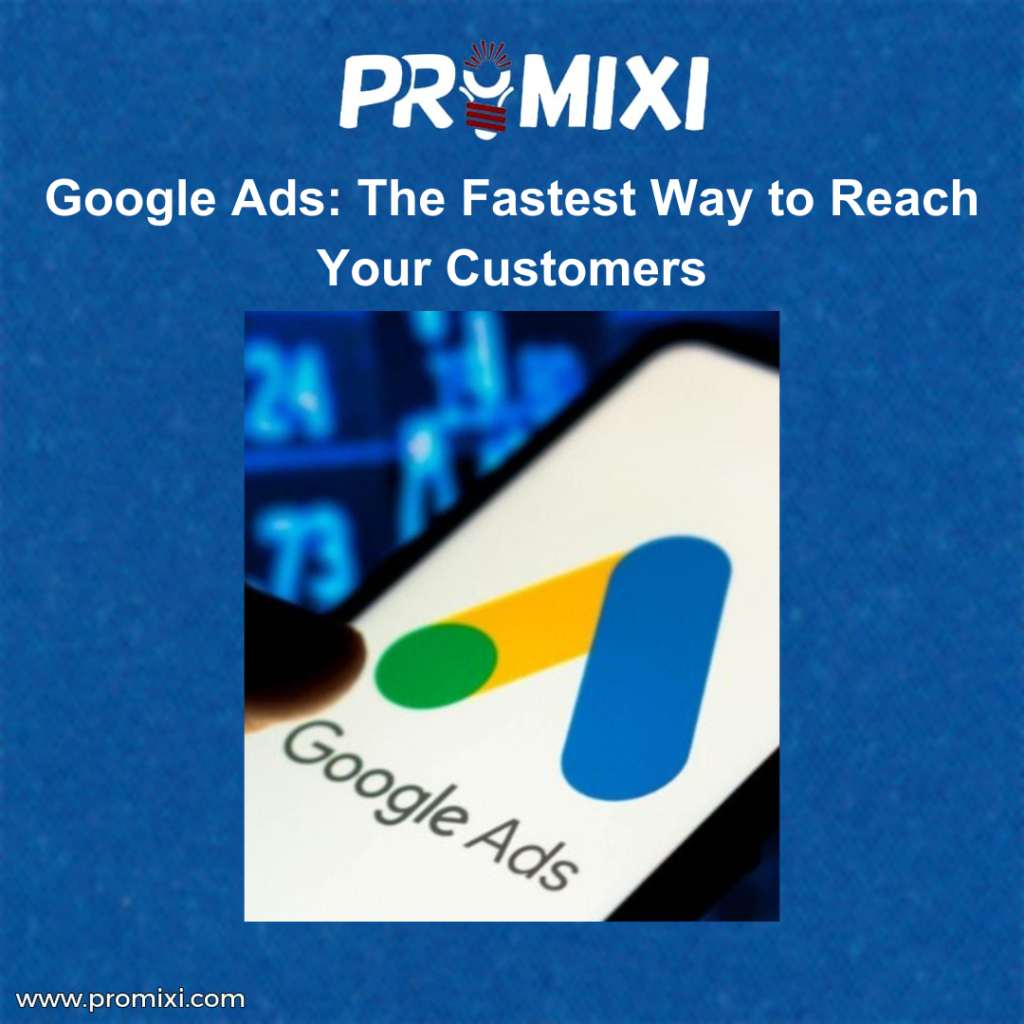Visual Content: Images and Videos as Marketing Tools
Do You Notice That Visual Content Has Become the Primary Marketing Tool in the Modern Era? With technological advancements and evolving marketing strategies, companies and brands increasingly rely on images and videos to assist consumers in making purchasing decisions. Today’s audience depends on visual content to gather information, compare products, and finalize their choices. As a result, visual content has transformed from a mere marketing tool into a fundamental element of any successful strategy.
Why Does Visual Content Capture Audience Attention?
- Faster comprehension: The brain processes videos much more efficiently than text.
- Higher engagement rates: Posts containing images or videos generate more interaction on social media.
- Stronger first impressions: Visual content leaves a lasting impact on viewers.
- Increased conversion and click-through rates: This leads to higher sales and customer engagement.
Types of Visual Content in Digital Marketing
-
Static Images and Graphic Designs
- Used in promotional posts, advertisements, and infographics.
- Helps attract attention and simplify information.
-
Promotional and Educational Videos
- Includes product/service promotional clips, educational videos, and tutorials explaining how to use a product or service.
- One of the most influential content types in driving customer decisions.
-
Infographics and Visual Charts
- Make statistics and data easier to understand.
- Widely used in marketing reports, blogs, and educational content.
-
Motion Graphics and Animated Videos
- Ideal for explaining products and ideas in an engaging and easy-to-digest manner.
- Commonly used in presentations and advertising campaigns.
-
Live Streaming
- A great opportunity for direct audience interaction and real-time Q&A.
- Frequently used for product launches and interactive sessions.
The Impact of Visual Content on Engagement and Brand Building
Visual content plays a crucial role in shaping a strong brand identity in consumers’ minds. It enhances credibility, builds trust, and allows customers to visualize products more clearly before making a purchase. Consequently, this contributes to increased customer engagement with the brand.
Best Tools for Creating Professional Visual Content
- Image design software – Canva and Photoshop for professional design and photo editing.
- Video editing tools – Premiere Pro and CapCut for creating high-quality videos effortlessly.
- Motion graphics software – Used to create animated visuals and visual effects.
Effective Strategies for Using Images and Videos in Marketing
-
Selecting high-quality, relevant images for advertising campaigns
- Ensure images are realistic to build customer trust and reflect brand identity.
-
Storytelling through videos
- Using storytelling techniques to build a strong connection with the audience and encourage engagement.
-
Optimizing visual content for SEO
- Use appropriate file names and detailed descriptions for images and videos.
- Incorporate relevant keywords in alt texts and video titles.
-
Utilizing short-form videos on TikTok and Instagram
- Short videos generate higher engagement and are more likely to be shared.
Common Mistakes to Avoid When Creating Visual Content
- Using low-quality images that do not align with brand identity.
- Adding excessive text to images.
- Neglecting SEO optimization for images and videos.
- Failing to include a clear call-to-action (CTA) in videos.
Visual content is a powerful tool for attracting audiences, but it must meet specific criteria to achieve its objectives and enhance brand identity. By following best practices and avoiding common pitfalls, brands and businesses can build strong relationships with their customers and make a significant impact in the market. To maximize effectiveness, companies should prioritize high-quality content and use the right tools for content creation.


